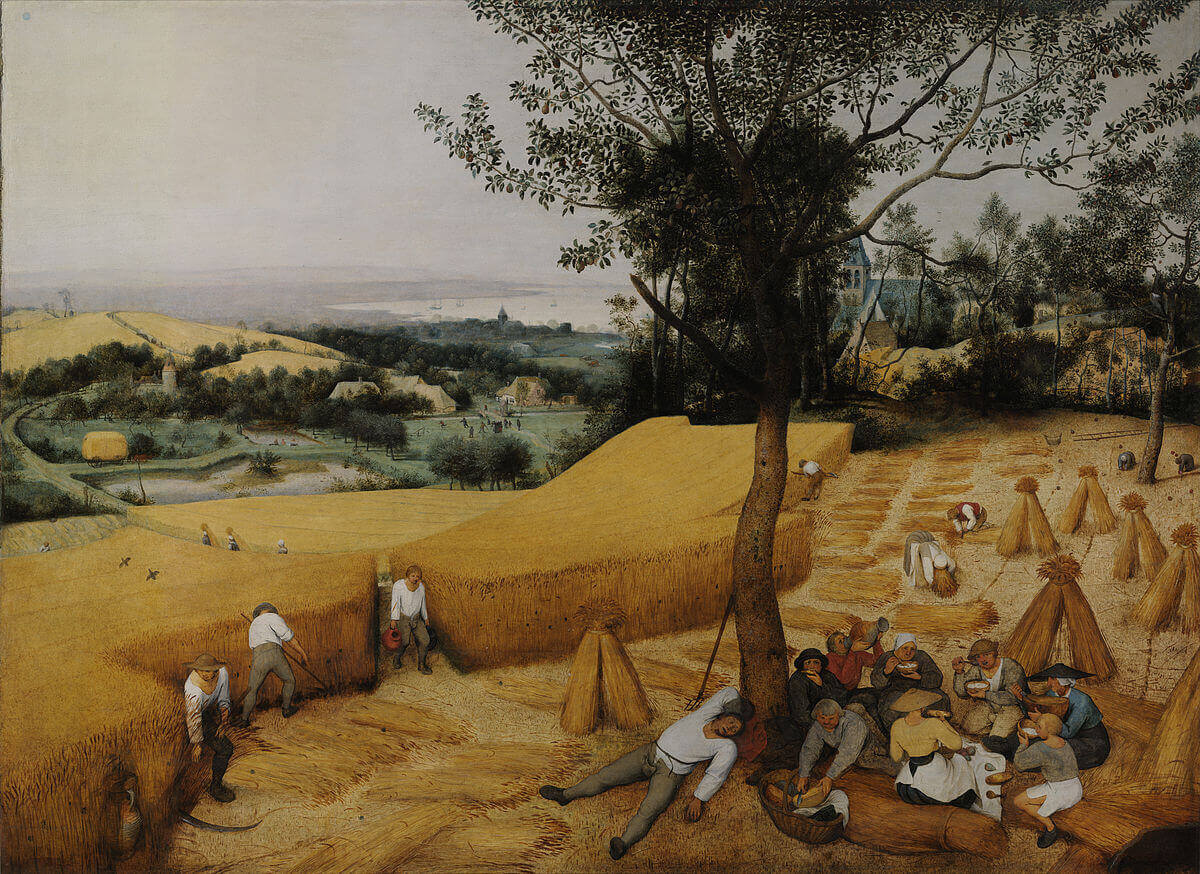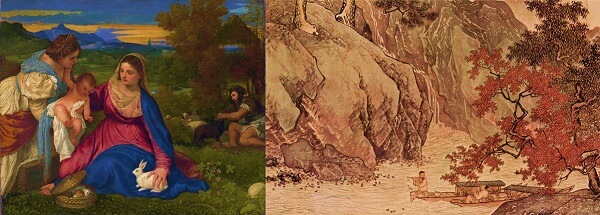 Genres of Paintings
Painting Genres
Genres of Paintings
Painting Genres


 Genres of Paintings
Painting Genres
Genres of Paintings
Painting Genres

Study the artwork for one week.
Over the week:

Activity 1: Can You Find It?
Zoom in to find the following in the artwork:

Activity 2: Narrate the Artwork